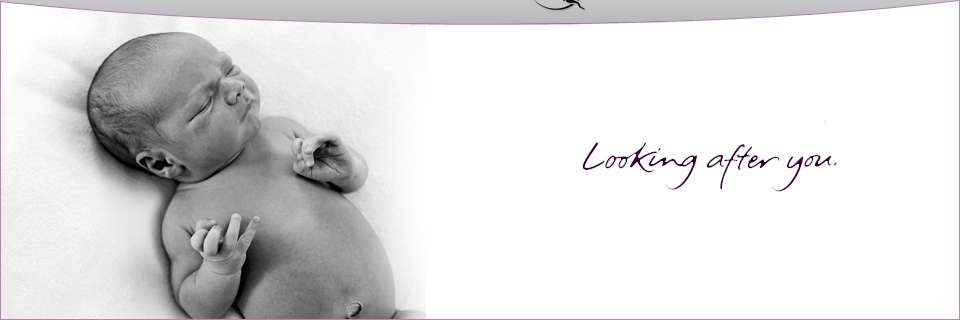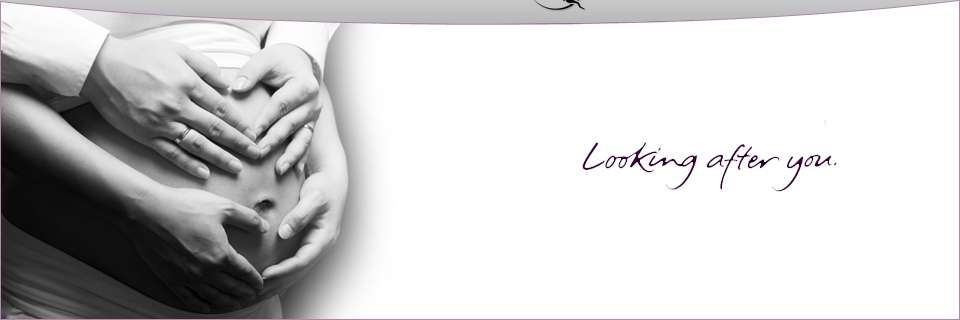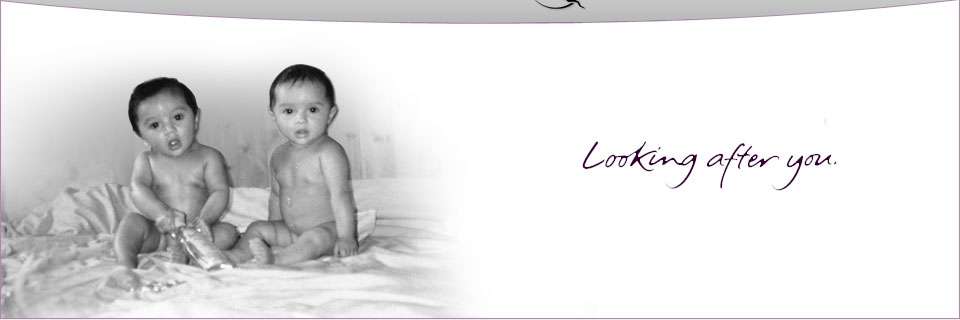Advice
You need to relax as your body and mind needs to be in a perfect harmony before you start trying for a baby. You need to review your lifestyle e.g. smoking, alcohol consumption, weight etc. Make sure you are immune to Rubella by taking a blood test. Also addressed to any medical conditions or medications with appropriate actions.
Assessment
Following a comprehensive history in establishing the factors impacting upon a couples' fertility, it is possible that a range of diagnostic tests will be necessary together; these tests will help to build a picture of the factors causing you to have difficulty in starting a family. (fertility assessment)
Diagnostic tests
Female Fertility Check
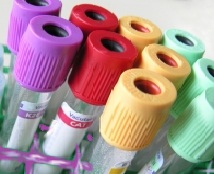
Blood Tests / To check ovarian reserves
This can establish your hormone levels, including Luteinising Hormone (LH),oestrogen, testosterone, Follicle Stimulating Hormone (FSH) and Anti MullarianHormone (AMH ) Preferably on Day 1-3 of your cycle. Progesterone on Day 21 of your cycle
(Hormonal blood tests along with genetic tests from a blood sample, can be conducted according to the clinical need.)
Blood Tests / To check Rubella immunity
This can be done on any day of your cycle to check whether you are immune to Rubella(German meseals)
Chlamydia Test
Chlamydia is a major cause of fertility and gynaecological problems. It is estimated that as many as one in ten young women carry this infection, yet the majority will not experience any overt symptoms until complications develop which may include ectopic pregnancy and infertility. Checked in urine or by vaginal swabs
Ultrasound Scan Assessment
TVS (Trans Vaginal ultrasound Scan) remains the most common test and procedure for the fertility investigations as well as the treatment plans. This can be done in the clinic during your assessment.
You need to have an empty bladder for this internal scan. It helps us to assess your womb structure, lining development, ovaries, follicle tracking as well as the blood flow to the pelvic organs .
Tubal checks
Hysterosalpingogram
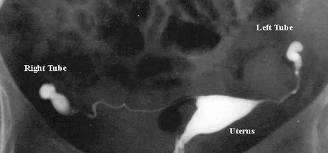
This examination is similar to a routine gynaecological check. You will beasked to lie on the x-ray table whilst the radiologist inserts a speculum likea smear test and places a small cannula or tube into the opening of the cervix.
The radiologist will then inject a small quantity of a radio opaque dye into the uterus whilst watching the uterus filling on the TV monitor.
The dye is watched until the fallopian tubes are filled and all the anatomy has been clearly demonstrated
Laparoscopy and dye test
Laparoscopy and dye test is the gold standard for checking the patency offallopian tubes.
Laparoscopy also establishes if there is anything wrong with the uterus, ovaries and tubes and if necessary an operation or drug treatment can be recommended to rectify any problems which may exist.
Hycosy
Ultrasound guided tubal patency dye test in a clinic without the need of anaesthetics.
Hysteroscopy
When your periods are not regular or heavy you may need a hysteroscopy to establish the cause and to have a treatment e.g. removal of a polyp /fibroid/adhesion
Male Fertility Check
Routine tests advised for men include Semen Analysis, Ultrasound scan of testis and Hormonal blood tests along with genetic tests from a blood sample. This can be conducted according to the clinical need.
Blood tests for both the partners
Prior to any assisted conception treatments, both the partners may also need to have blood tests to check for HIV, Hepatitis-B & Hepatitis- C, infection. Depending on the type of treatment may also need to check for CMV infection.(Cytomegalo virus)
|

